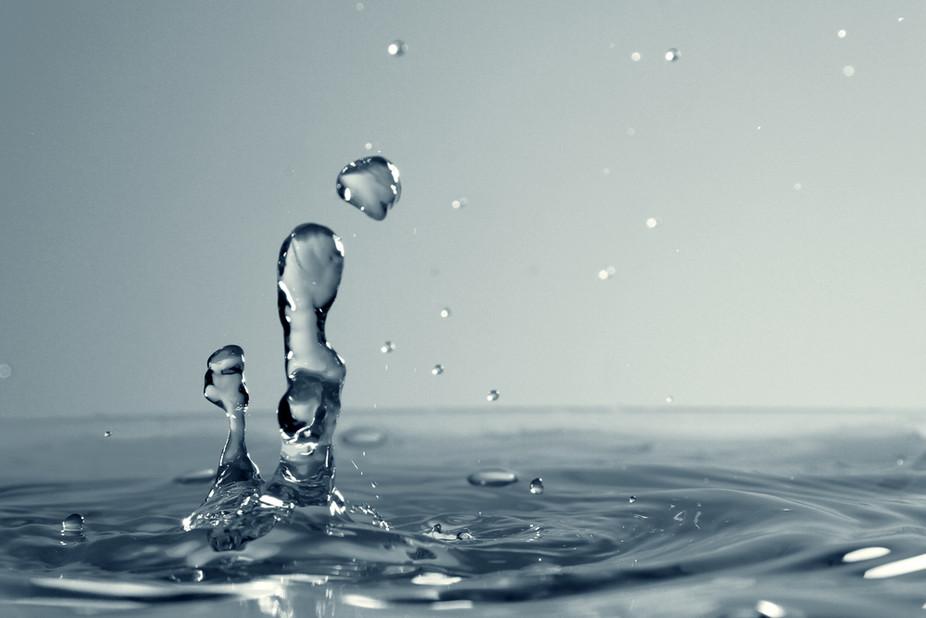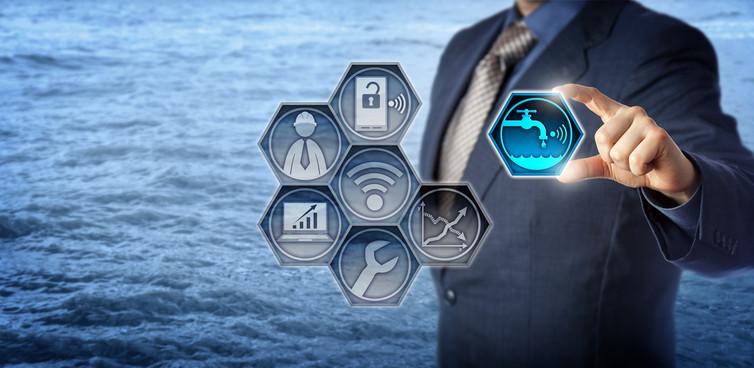Why the world needs to get smarter about water consumption
Taps need technology too

Your support helps us to tell the story
From reproductive rights to climate change to Big Tech, The Independent is on the ground when the story is developing. Whether it's investigating the financials of Elon Musk's pro-Trump PAC or producing our latest documentary, 'The A Word', which shines a light on the American women fighting for reproductive rights, we know how important it is to parse out the facts from the messaging.
At such a critical moment in US history, we need reporters on the ground. Your donation allows us to keep sending journalists to speak to both sides of the story.
The Independent is trusted by Americans across the entire political spectrum. And unlike many other quality news outlets, we choose not to lock Americans out of our reporting and analysis with paywalls. We believe quality journalism should be available to everyone, paid for by those who can afford it.
Your support makes all the difference.In 1900, just 15% of the world’s population lived in cities. Now that proportion is over 50%, which is a lot of people. In fact, it means around 4 billion human beings rely on urban infrastructure to keep them warm, mobile and clean.
Technology helps with this of course. Digital sensors, smart phones and smart home appliances allow for a new kind of understanding between citizens and city officials. In this so-called “smart city”, information and communication technologies (ICT) and the internet of things (IoT) are used to enhance city living. Smart cities are a major part of achieving the goal set by the United Nations of making urban environments “inclusive, safe, resilient and sustainable”.
Water infrastructure is often overlooked when smart cities are considered or discussed. This seems strange when water services are so crucial for human health and well-being. But water is often seen as an “invisible utility” which is taken for granted. The industry has also been slow to harness the power of new technology.
One thing is certain though – water should be a key element of the smart city concept. And there are two major ways in which smart water technologies will be coming soon to a city near you.
Smart water meters
Smart meters are already widely used to manage demand in domestic energy. But there is also solid evidence that the same kind of meters could dramatically curb domestic water use. The uptake of domestic metering by the water industry lags behind the energy sector, but this is changing. Water companies in the UK are facing restrictions in availability and increases in demand.

Thames Water for example, Britain’s biggest water company, would face a supply shortfall of 133m litres per day by 2020 (enough water to supply the city of Liverpool for 24 hours) or even 414m litres per day by 2040 (enough for Newcastle, Sheffield and Liverpool together), if the trend for increased demand continues.
As a result they have embarked on a smart metering installation programme that will see 414,000 smart water meters installed in London by 2020. By 2025 they will be dealing with 35 billion hourly meter reads every year.
Extracting useful information on water consumption from such vast amounts of data is not easy. One system, iWIDGET aims to analyse usage patterns of individual households. It then presents results, comparisons and feedback, providing households with information about their water consumption. It offers highly customised suggestions on how to reduce use and get better value for money.
Sewer flooding warnings
Nobody likes to be caught in a flood – especially not a flood from a sewer. Reliable information about the likelihood, the extent and the location of such flooding in a city, is very valuable, but current detection methods can be slow and expensive.
Our research demonstrated the use of an alternative approach, RAPIDS (Radar Pluvial flooding Identification for Drainage System), which instead of detecting, actually predicts flooding in sewer systems. It uses computer models to assess very large networks in real-time, and raise alarm of sewer flooding. Results of that work, which was applied to three areas of the UK, shows much higher accuracy in predicting flooding.
A wet future
Smart sensors, artificial intelligence, big data analytics and cloud computing are finally becoming involved in managing water systems in cities. This is partly due to the emergence of new water industry leaders trained in hydroinformatics – mixing big data with smart technologies to deliver more sustainable water solutions. A new discipline, one of its goals is to empower citizens to engage with water service provision on an individual level.
But to keep the taps running, the hydroinformaticians will need help. A new breed of specialist engineers and scientists is required to work across traditionally separate disciplines and manage the world’s water supply. By 2045, an estimated 6 billion people will be living in cities. That means an enormous amount of showers flowing, toilets flushing, and sinks being filled. So in the meantime, we, and water systems, need to get even smarter.
Dragan Savic is a professor of hydroinformatics at University of Exeter. This article was originally published on The Conversation (www.theconversation.com)
Join our commenting forum
Join thought-provoking conversations, follow other Independent readers and see their replies
Comments